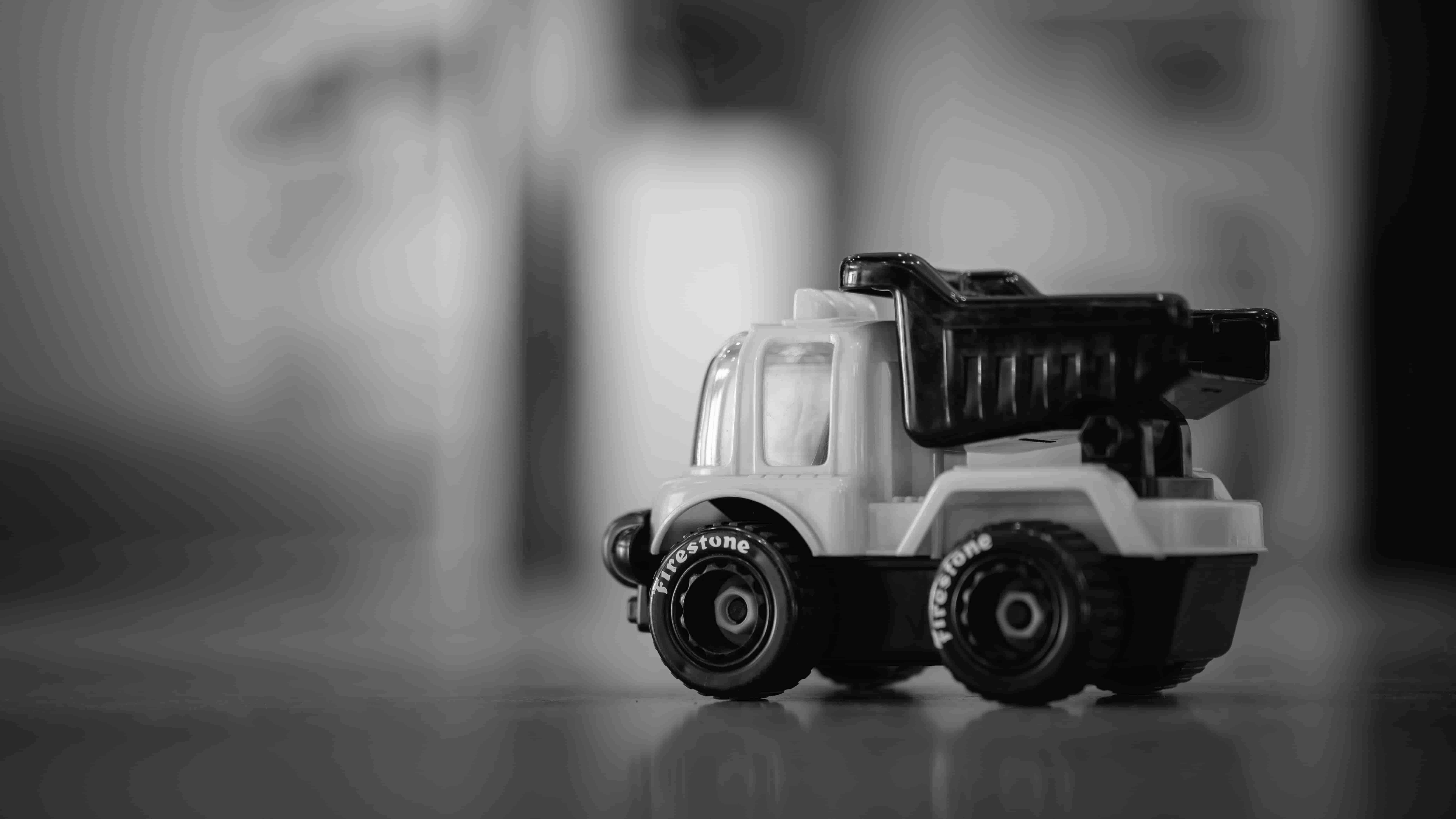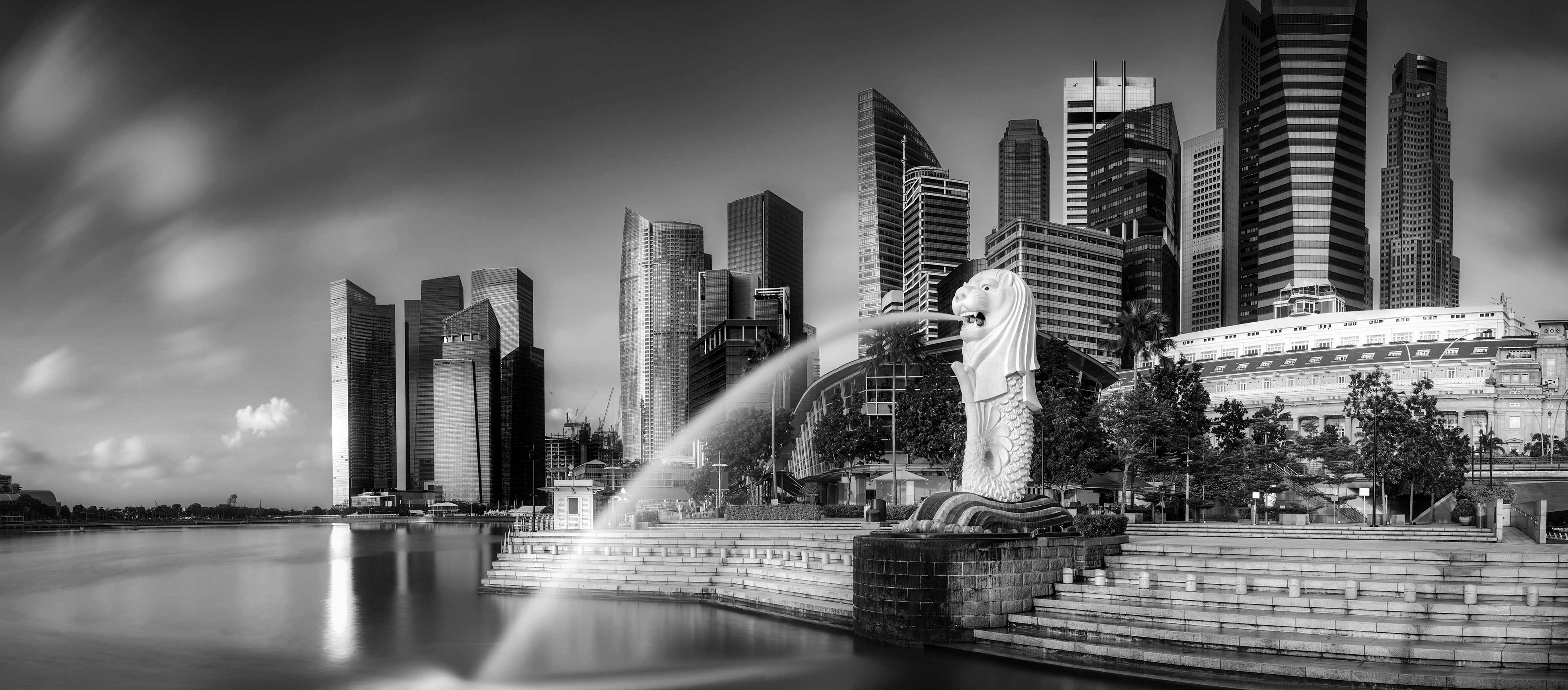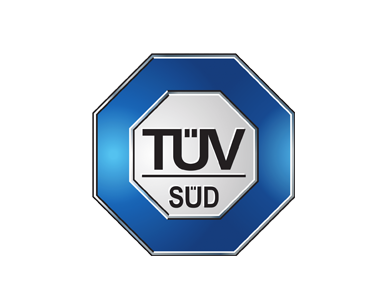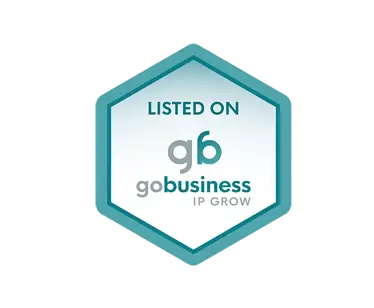Creating a product or designing a particular message for people, we strive to make it as human-centered as possible. One of the ways to support effective communication between users and products is creating a good mascot. Let’s check what its benefits are, how it can support the design of user interfaces and enhance branding.
What Are Branding Mascots
In basic terms, in design and marketing, a mascot is a character, a personified image that becomes a symbolic representation of a brand, company or even a public figure. The term origins from the French word “mascotte” that means lucky charm.
It’s worth mentioning that historically the term “mascot” was applied to figures of people, animals or objects that were taken as a symbol of good luck by a particular group of people. So, for years mascots are seen as the carriers of luck and positive energy. That may be one of the reasons why they are so popular in the design for user experience and marketing goals when positive feedback and emotional appeal can have a direct connection to conversions and profit.
Role Of Branding Mascots In Branding
1. Enhanced communication
Mascot becomes a good interconnector between the user and the product. In interfaces, it can serve well as a basic element of communication and interaction. Just changing its appearance (for example, mood, outfit, activities, etc.), it may quickly deliver a clear message to the user. Mascots can communicate directly with the speech bubbles, provide visual prompts with various facial expressions, reflect the mood of the user with different graphic variations of the mascot, provide helpful instructions in an app onboarding tutorial and congratulate with the achievements.
2. Flexibility of personification
The business practice of successful companies shows that well-crafted mascot can work even more effectively than product endorsement with the help of a famous person. Mascots can reflect any traits of character, any style needed for product positioning and communicate via a diverse set of visuals. They broaden the horizons of personification. With mascots, designers and marketing specialists can create unexpected and catchy looks or make fantastic characters alive.
3. Stronger brand awareness
Most of us are visually driven and our brains work in such a way that we notice images faster and remember them better than text. Being images far from abstract and having human-like features, mascots tend to take everything from the abilities of human memory: we catch them fast, easily remember them due to particular associations and recognize them faster than abstract images seeing them again. All the mentioned has great importance in creating strong brand awareness and building patterns in user interfaces.
4. Consistent visual marking
Mascots present wide opportunities for visual marking of different carriers of identity, website pages or app screens. Mascots can be used in logos, interface illustrations, hero banners, chatbots, stickers, various swag, and branded merch.
5. Reflects brand personality
Mascots are a strong way to transfer and support the general tone and voice which is the foundation of a brand strategy. Custom characters usually reflect the most important feature of the product and transfer the idea in a fast and harmonic way. What’s more, it enables a creative team to send the key message to the user: with a mascot, it won’t take long to understand if the product is serious or entertaining, lively or calm, business-like or easy-breeze, highly private or broadly social, and so on and so forth.
6. Emotional appeal
Although we tend to believe that logic and common sense rule our actions, a big part of the decision-making process relies on emotional appeal. A mascot is one of the well-checked methods to provide emotional triggers and feedback, let the interface or brand speak the user’s language. This way it makes the product more user-centered.
7. Virality potential
An original catchy mascot can be used as a powerful element of virality: in this case, it becomes so popular with users that they not only spread it to each other but also create new versions, parodies, discussions, memes and the like. That also works efficiently in products for kids when the mascot actually becomes a key representer of the product and creates a high level of desirability.
Characteristics Of An Effective Branding Mascots
Each case needs an individual approach to the mascot which will correspond to the particular goals and brand image. However, there’s a checklist of basic features which are essential to consider for any mascot design. To work well for marketing and user experience, a mascot should be:
1. Flexible to adjust
2. Recognisable
3. Consistency in character
4. Lively and user-friendly




